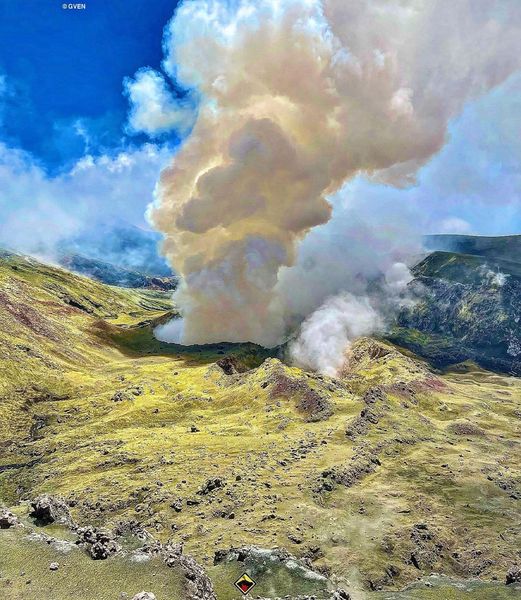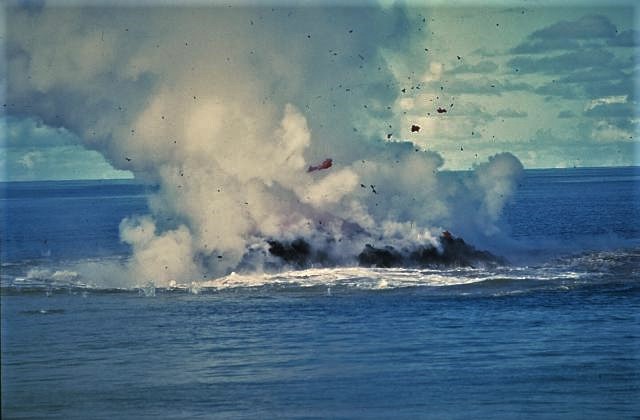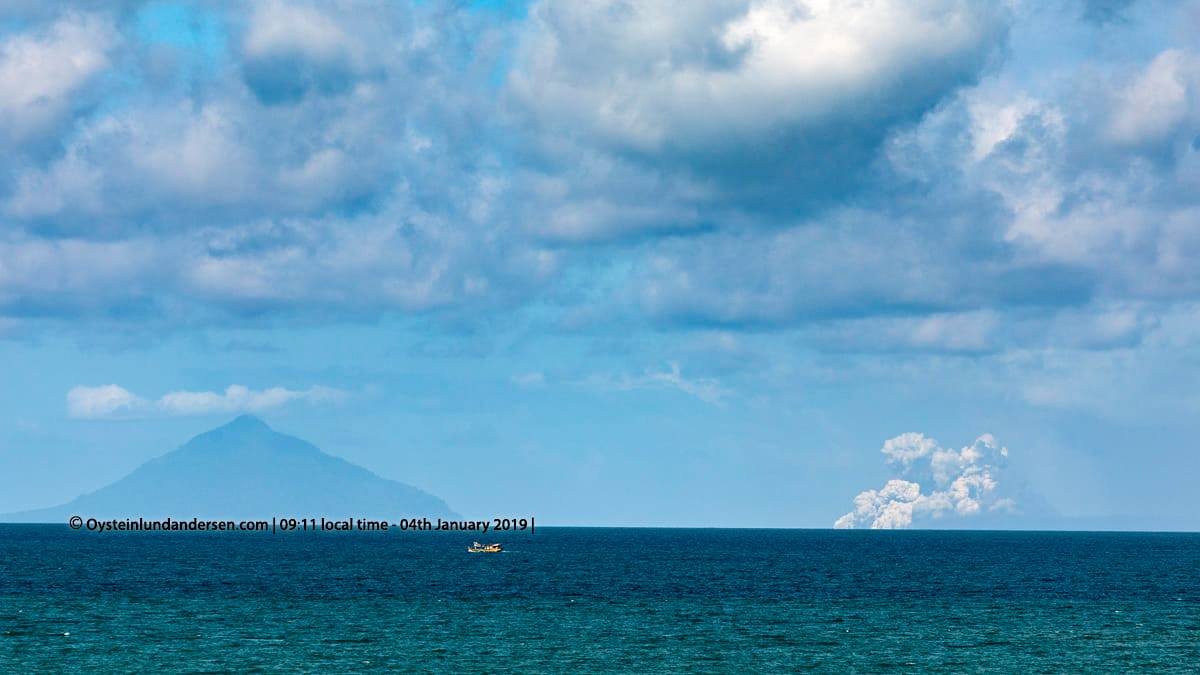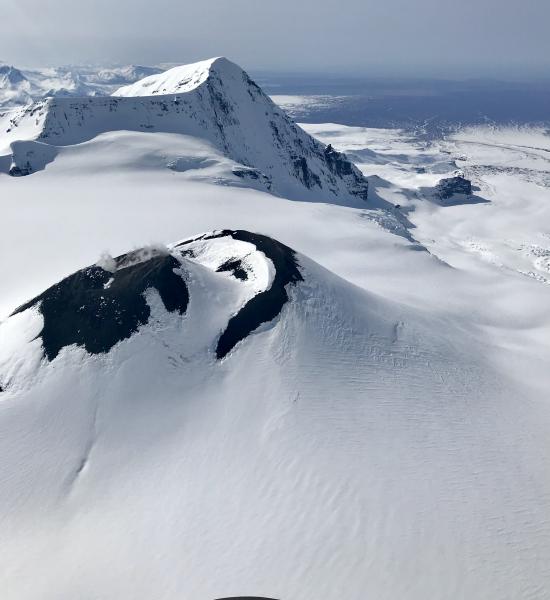September 27, 2023. EN. Italy : Campi Flegrei , Italy : Stromboli , Italy / Sicily : Etna , Colombia : Chiles / Cerro Negro , Guatemala : Santiaguito .
September 27 , 2023 . Italy , Campi Flegrei : An earthquake of magnitude Md 4.2 occurred in the Campi Flegrei area. September 27, 2023 at 01:35:34 (UTC), September…





